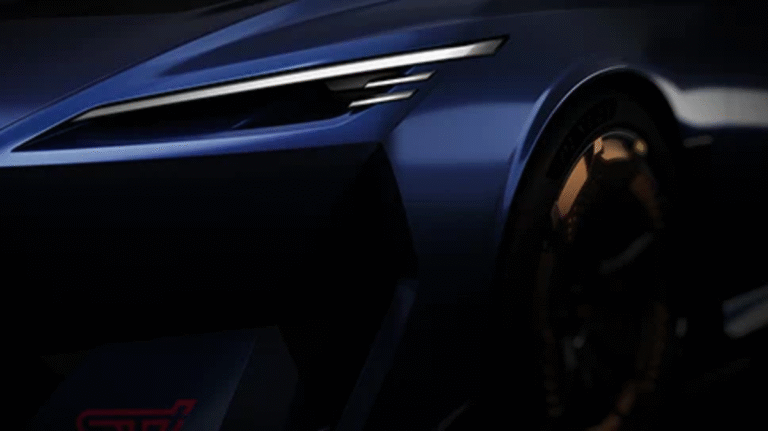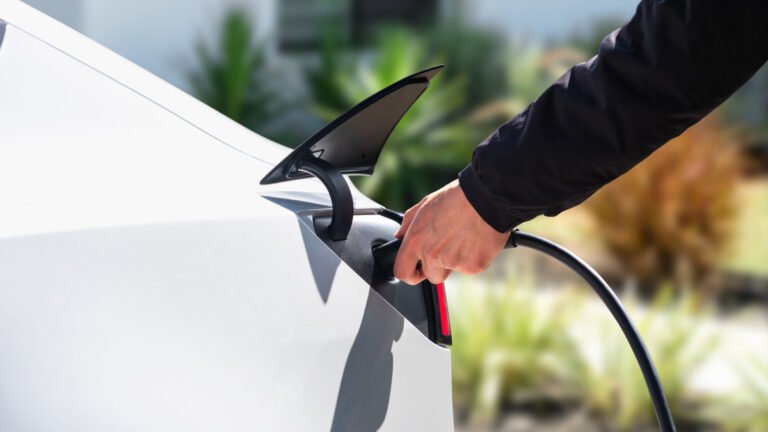

- Slate has raised the price of their electric truck by several thousand dollars.
- It’s now slated to begin in the “mid-twenties,” instead of less than $20,000.
- The price hike is believed to be related to the elimination of the clean car credit.
Slate made a splash with an affordable, electric pickup that was slated to cost less than $20,000 after federal incentives. However, that’s no longer the case as the company has quietly updated their website to say the “Blank Slate is expected to be priced in the mid-twenties.”
The company went on to say the “price is subject to change” and “does not include taxes, fees, and accessories.” While the latter is to be expected, Slate’s revised statement suggests we can expect a price hike of around $5,000. That makes the truck far less appealing as the bigger and better equipped Ford Maverick begins at $28,145.
More: Slate Shakes Up EVs With A Pickup That Turns Into An SUV And Costs Less Than $20,000
Slate hasn’t publicly addressed the change, but it appears to be tied to President Trump’s signing of The One Big Beautiful Bill into law. The sprawling piece of legislation includes everything from a tax deduction on auto loan interest to funding for a “Golden Dome” missile defense system.
It also cut funding for solar and wind facilities as well as the clean vehicle credit. The latter will be phased out on September 30, 2025 instead of December 31, 2032. This applies to both new and used vehicles.
Photos Slate Auto
While the changes are brief – just one line for the previously-owned clean vehicle credit – they’ll have a huge impact on electric vehicles as consumers will no longer get a discount of up to $7,500. This means prices will likely rise, while demand could fall.
It’s not hard to see why as it would be easy to live with a few tradeoffs for less than $20,000. However, at around $25,000, things get a little more complicated.
That being said, the Slate truck will have a rear-mounted motor producing 201 hp (150 kW / 204 PS) and 195 lb-ft (264 Nm) of torque. It will be powered by 52.7 and 84.3 kWh battery packs, which deliver ranges of approximately 150 and 240 miles (241 and 386 km). Customers can also expect a leisurely 0-60 mph (0-96 km/h) time of around eight seconds and a top speed of 90 mph (145 km/h).

H/T to TechCrunch



